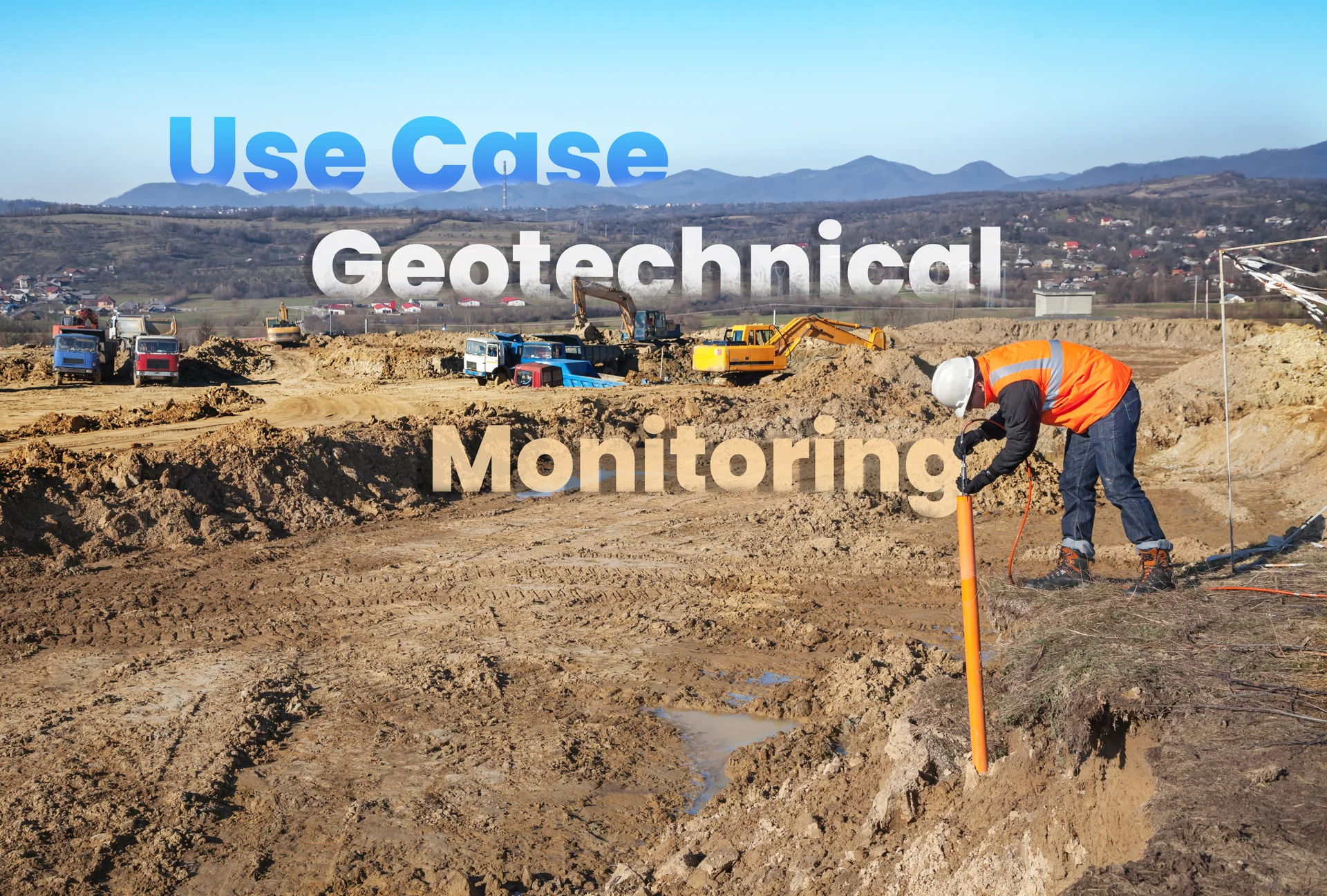Air Quality and Space Management
Poor air quality is a silent threat to health, especially indoors where we spend most of our time. WHO estimates that there are around 4.2 million premature deaths associated with air pollution.
In environments such as meeting rooms or classrooms, the greatest pollutants are Volatile organic compounds (VOCs) and CO2 , the latter is correlated with ventilation . Although it is not toxic in normal concentrations, it does cause a negative impact on mental concentration, mood and cognitive performance.
Various studies have measured the impact of increased CO2 concentration on cognitive response, showing that it can be significantly affected for various tasks as illustrated in Figure 1. For example, considering strategic decisions making, results are up to 80% worse when the CO2 level goes from 550ppm to 1400ppm..
Furthermore, the CO2 level is an evident measure of the level of air recirculation, which is related to the risk of contagion from airborne infections, as occurs with certain viruses and bacteria, like the COVID-19 as it has been proved.
According to several studies, the rate of reproduction of a pathogen is related to the concentration of CO2, starting to be relevant above 1000ppm. In addition, from 4 occupants onwards in a closed space, adding more occupants has almost any influence on the risk (Figure 2).
Therefore, monitoring air quality is essential to create comfort and improve activity in offices and schools, in addition to measuring the risk of airborne contagion. For that, ASHRAE recommends CO2 concentration to be less than 1000ppm .
Temperature and humidity are two other parameters that affect comfort. ASHRAE standards specify ideal comfort ranges at 20 to 23.5 ℃ and 40 to 60% relative humidity in winter and 23 to 25.5 ℃ and 40 to 60% relative humidity in summer.
In addition, other information on occupancy or doors and window status, can greatly improve the comfort and the management of the office spaces, specially when hybrid methods of work are being implanted and more efficient use of the spaces is needed.
The new Internet of Things (IoT) technologies allow to have sensors collecting data, without the need of cellular connection and with batteries lasting for years.
Combined with Cloud computing platforms, allow those streams of data can be properly collected, managed, visualized and analyzed in real-time, anywhere, by different users in a secure environment, with no datafiles involved, database corruption or complex set-ups.
tailored:systems offers a range of innovative solutions to monitor Air Quality, occupancy and other variables in office spaces.
Data of Interest
- Temperature and Humidity
- CO2
- TVOC
- PM2.5 and PM10
- HCHO and O3
- Barometric Pressure
- PIR and Light
- Occupancy based on AI private cameras
- Door and Window open status
- Energy consumption
Solution Arquitecture
### milesight Milesight is a manufacturer of IoT connectivity devices based on LoRaWAN and Cellular. Their range of products allows plenty of flexibility in connecting many different industrial interfaces like 4.20mA, Modbus, RS232, RS485 or GPIOs.
Morevoer, they provide a simple and economic range of LoRa sensors for the most common applications like Temperature (PT100), Humidity, CO2, TVOC, water level or soil moisture.
Iotailor
IoTailor is a cloud data management tool with plenty of capabilities. It can store temetry and metadata efficiently, make customs dashboards, alerts by SMS or email, reports.
We has developed connection and integration paths for the majority of industrial sensors out in the market, via API or FTP.


